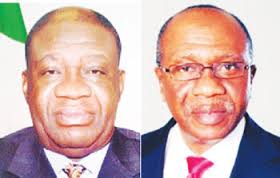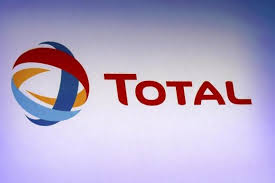By the first week of November this year, all the firms unbundled from the defunct Power Holding Company of Nigeria PHCN will roll drums to celebrate one year in office of operating Nigeria electricity sector under private management .
The road to the running of the power sector in Nigeria under private initiative for the first time under a new dispensation has been tough, considering the way the Federal Government hurriedly sealed deal without sorting labour and other liabilities before handing over 90 percent of all power assets to private sector .
Majority of the core investors who acquired all the assets have either borrowed from banks or enter into strategic alliance with both local and foreign investors to raise fund to manage the power sector which is capital intensive.
A good number of the investors never knew the intricacies of what they acquired. To some, investing in power sector is like gold mine , but the reality of the day has revealed that power investment is capital intensive that needs men with higher portfolio. The funds so far invested by the core investor is not enough to lead Nigeria to promised land of stable power supply.
Therefore, the inter-agency initiative of the Federal Government aimed at ensuring efficient gas supply for power generation and finding a lasting solution to power supply challenges with the release of N213billion facility to help offset the legacy gas debts and address the revenue shortfall in the power sector, is a welcome development .
The Minister of Petroleum Resources, Mrs. Diezani Alison-Madueke, who made the announcement at a joint press conference held by the Minister of Power, Prof Chinedu Nebo, Governor of the Central Bank of Nigeria (CBN), Mr. Godwin Emefiele, and the Chairman of the Nigerian Electricity Regulatory Commission (NERC), Dr. Sam Amadi, said the facility was tailored to address the three key challenges facing the power sector..
Alison-Madueke listed the three key issues plaguing the power sector as identified by the inter-agency committee to include; inadequate gas supply for power generation; misalignment between electricity tariff and the true cost of running electricity business; and the inability of power generation companies to reliably produce the electricity that is possible with reduced volumes of gas.













